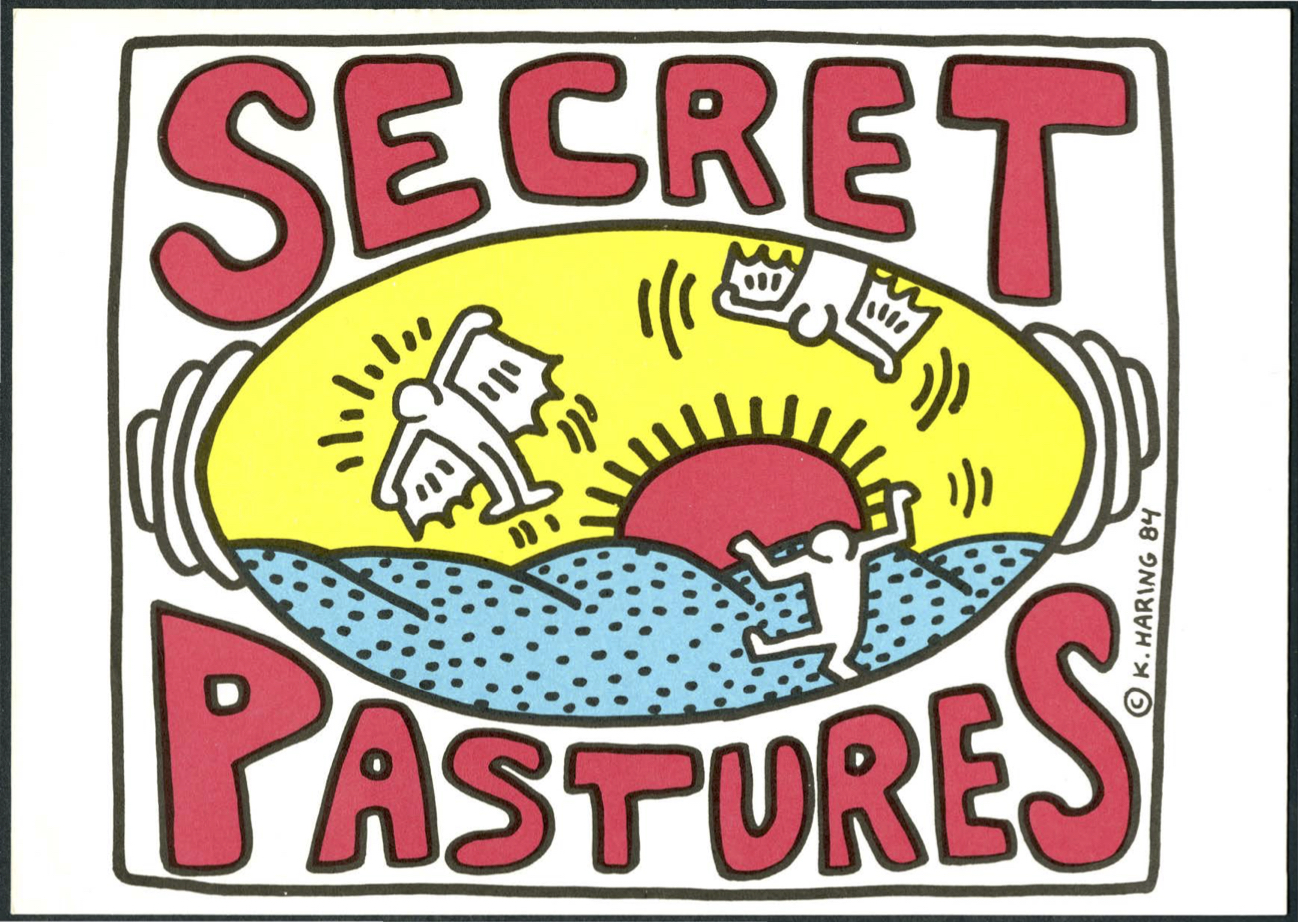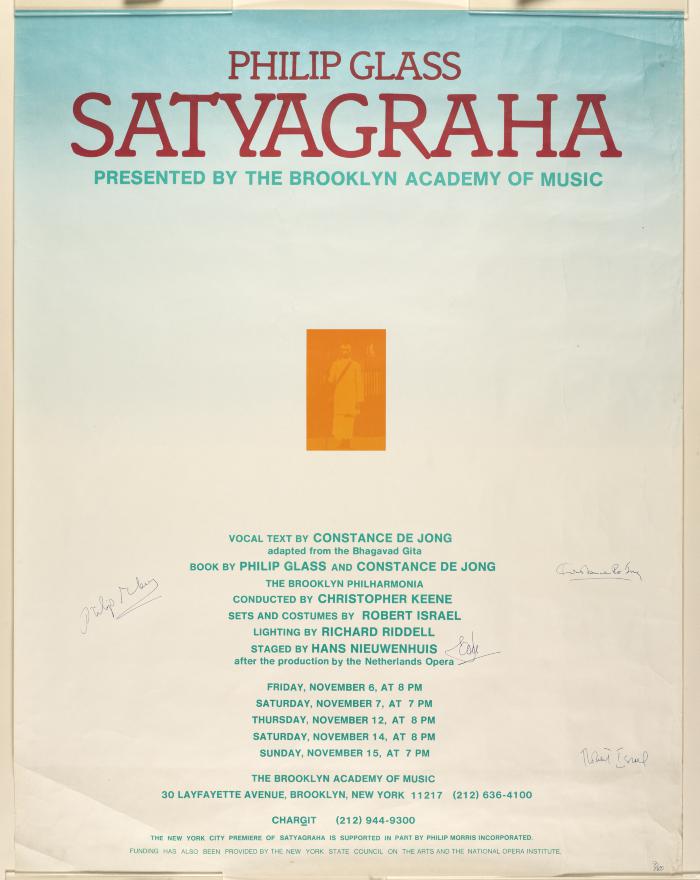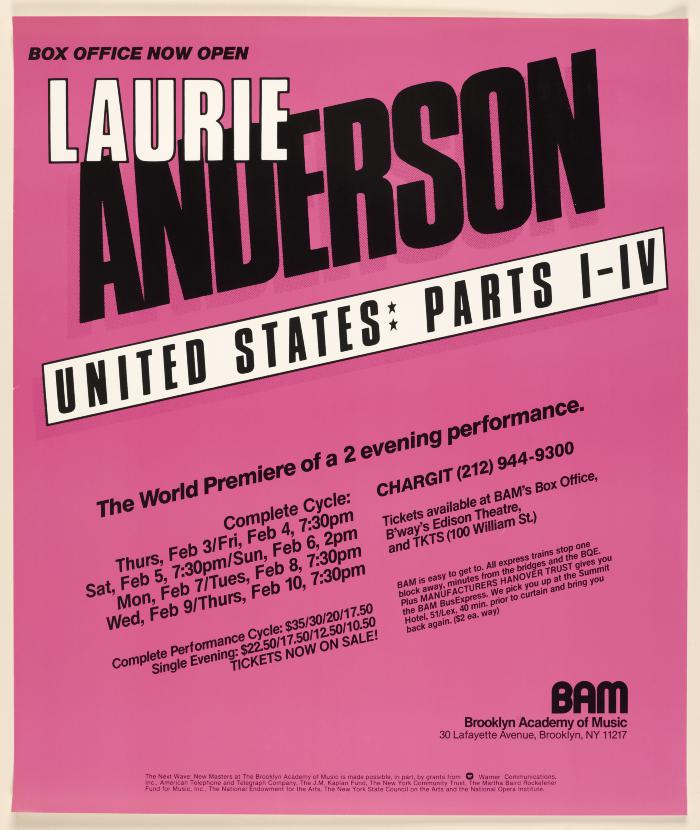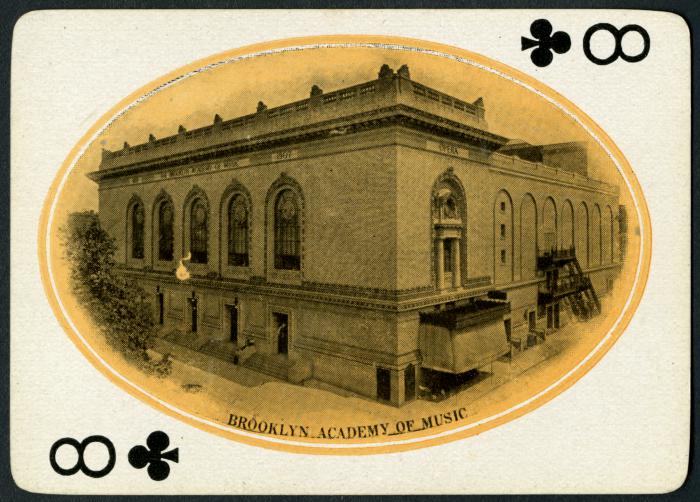Philosophy is often seen as an arcane academic discipline, in competition with the hard sciences or laden with abstruse concepts and language inaccessible to ordinary people. Such a perception may be warranted. This is not to damn academic philosophy but to highlight what has been lost through professionalization: classical notions of ethics as “the art of living” or what Michel Foucault called “the care of the self”; the ancient Greek idea of parrhesia—bold, honest speech unclouded by proprietary jargon; philosophy as a practice like meditation or yoga, a technique for self-knowledge, self-control, and wise, just, and considerate relationships with others.
From Socrates to Aristotle to Epicurus and the Stoics, ancient Western thinkers believed philosophy to be intimately relevant to everyday life. This was very much the case in ancient Eastern thought as well, in the Jainist sages, the Buddha, or Lao-Tzu, to name a few. We will find some form of popular philosophy on every continent and every historical age. And while plenty of modern teachers still believe in philosophy for everyone, they operate in a consumer culture that often deems them irrelevant, at best. Still, many educators persist outside the academy, endeavoring to reach not only ordinary citizens but a class of disempowered people also deemed irrelevant, at best: the imprisoned, many of whom have had few educational resources and little to no exposure to philosophical thinking.
We have many examples of influential thinkers writing from prison, whether Boethius’ early Christian Consolations of Philosophy, Antonio Gramsci’s passionate Marxist prison letters, Oscar Wilde’s De Profundis, or Martin Luther King, Jr.’s essential “Letter from a Birmingham Jail.” These have maybe provided readers who have never been jailed with tragic, yet romantic notions of doing philosophy while doing time. But the philosophers who enter prisons to work with people convicted—justly or otherwise—of all manner of crimes cannot afford to have romantic ideas. Philosopher Alan Smith found this to be especially so after teaching in UK prisons for 14 years, and writing boldly and candidly about the experience in his Guardian column “Philosophy for Prisoners.”
Finally retiring in 2013, Smith confessed, “If I carried on in prison, I would have to do it differently; I would have to admit that it was prison.” He may have felt burned out at the end of his sojourn, but he hadn’t lost his sense of ethical purpose:
When we don’t know about history and art and society we are adrift. Most of you reading this will never have had that experience, but many of the men I taught were ignorant of just about everything, and as grown men felt this keenly. Education was a relief, a route to self-respect.
Those who do this work report on how so many inmates hunger for routes to self-knowledge, reflection, and rigorous intellectual exercise. Several educators at The Philosophy Foundation, for example, have written about their experiences teaching philosophy in various UK prisons. Conditions are different, and often much bleaker, in the US—a country with 5% of the world’s population and 25% of its prisoners—but here, too, philosophers have helped inmates discover new truths about themselves and their society. In the very short TED talk up top, Damon Horowitz, who teaches at San Quentin through the Prison University Project, gives a passionate, rapid-fire accounting of his mission behind bars: “Everyone’s got an opinion. We are here for knowledge. Our enemy is thoughtlessness.” A chorus of venerable ancients would assuredly agree.
Further down, you can see participants in Princeton’s Prison Teaching Initiative talk about the virtues and rewards of their accredited program. That includes teachers and students alike.
Note: You can find 140+ Free Philosophy Courses in our ever-growing list, 1,700 Free Online Courses from Top Universities.
Related Content:
Tim Robbins’ Improv Classes Transform Prisoners’ Lives & Lower Recidivism Rates
Patti Smith Reads from Oscar Wilde’s De Profundis, the Love Letter He Wrote From Prison (1897)
What Prisoners Ate at Alcatraz in 1946: A Vintage Prison Menu
Josh Jones is a writer and musician based in Durham, NC. Follow him at @jdmagness








